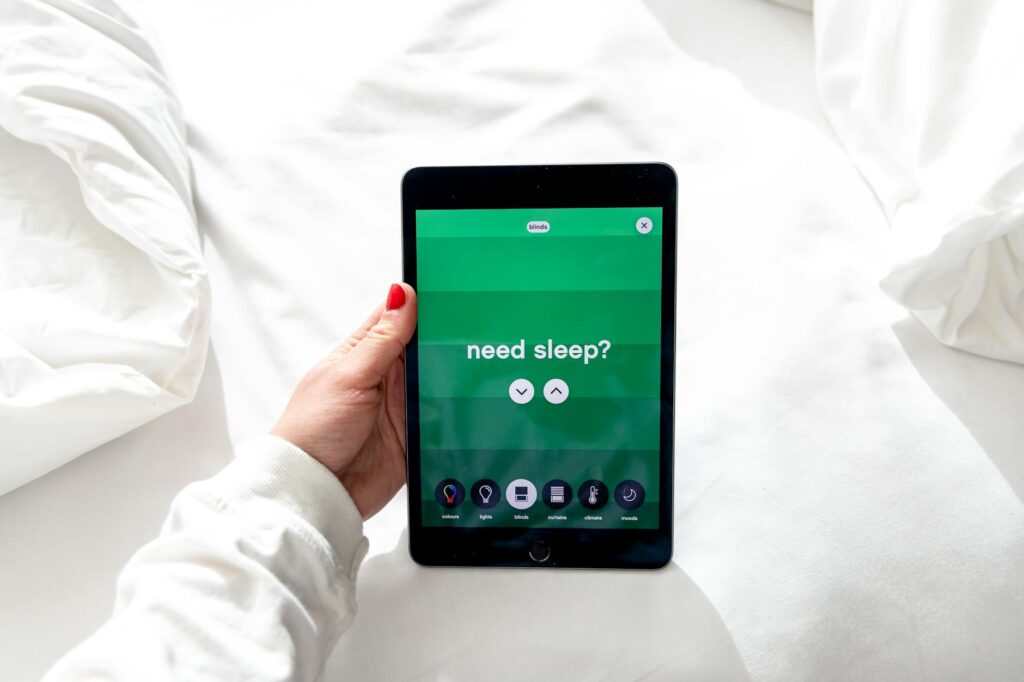What is reminders and alerts app?

What is reminders and alerts app?
In today’s fast-paced world, staying organized can feel like an uphill battle. That’s where reminders and alerts apps come into play. These digital tools are designed to enhance productivity and improve time management, making it easier to keep track of tasks, appointments, and daily responsibilities. By sending you timely notifications, they help ensure that nothing slips through the cracks.
Understanding Reminders and Alerts Apps
So, what exactly are reminders and alerts apps? At their core, these applications allow users to set up notifications for important tasks or deadlines, ensuring they’re completed on time. They can be simple, like a notification to drink water, or complex, such as scheduling a project deadline.
These apps typically function by allowing you to input tasks along with specific timeframes or locations. Once set, they will alert you when it’s time to take action. Whether you’re using a smartphone or tablet, reminders and alerts apps provide a convenient way to manage your life.
Types of Reminders and Alerts
Reminders and alerts can be categorized into three main types:
-
Time-Based Reminders: These are the most common. You set a specific time for an alert, like a daily alarm for a meeting. For example, apps like Todoist allow users to create these reminders easily.
-
Location-Based Reminders: These reminders activate based on your geographical location. For instance, you might set a reminder to buy groceries when you’re near the store. Tools like Google Keep excel at this feature.
-
Event-Based Alerts: These alerts are tied to specific events, such as birthdays or anniversaries. They ensure you never forget significant dates, making them essential for personal relationships.
Features of Effective Reminders and Alerts Apps
Not all reminders and alerts apps are created equal. Here are some key features that make an app effective:
-
User Interface: A clean, intuitive design helps users navigate the app effortlessly. Complex apps can lead to frustration.
-
Customization Options: The ability to personalize reminders—like choosing notification sounds or colors—can enhance the user experience.
-
Integration Capabilities: Effective apps can sync with calendars or other productivity tools, streamlining your workflow.
Benefits of Using Reminders and Alerts Apps
Using reminders and alerts apps offers numerous advantages for productivity and personal management.
Improved Time Management
One of the primary benefits of these apps is enhanced time management. They help you prioritize tasks, ensuring you’re focused on what needs to be done. When you receive a nudge to complete a task, it can help break bigger jobs into more manageable pieces. This leads to increased productivity and less procrastination.
Enhanced Work-Life Balance
With the demands of work and personal life often clashing, reminders and alerts can help you strike that delicate balance. By scheduling breaks, family time, or self-care activities, you can ensure that your life isn’t all about work. These apps empower you to be present in both work and personal spheres by reminding you of your commitments.
Popular Reminders and Alerts Apps
Several reminders and alerts apps have gained popularity due to their unique features and user-friendly interfaces.
Todoist
Todoist is a powerful task management app that allows users to create tasks and set reminders. Its intuitive design and ability to categorize tasks into projects make it a favorite among users. With features like recurring reminders, Todoist ensures you never miss a deadline.
Google Keep
Google Keep is not just a note-taking app; it excels at reminders too. You can set location-based alerts and create lists that sync across all your devices. This versatility makes it easy to keep track of tasks wherever you are.
Microsoft To Do
Microsoft To Do integrates seamlessly with other Microsoft services like Outlook. This makes it an excellent choice for users already in the Microsoft ecosystem. Its simple interface allows for quick task creation and easy reminder management.
Best Practices for Using Reminders and Alerts Apps
To maximize the effectiveness of reminders and alerts apps, consider the following strategies:
Setting Realistic Reminders
When creating reminders, it’s crucial to set realistic and achievable ones. Overloading yourself with tasks can lead to stress and burnout. Instead, focus on a manageable number of reminders that truly matter.
Regularly Reviewing Alerts
Take the time to review your alerts regularly. This practice helps you stay on track and adjust your tasks as necessary. Regular reviews ensure that your reminder system remains effective and relevant to your current life circumstances.
Conclusion
Reminders and alerts apps are essential tools for anyone looking to boost productivity, improve time management, and enhance overall life organization. By utilizing these apps effectively, you can ensure that you stay on top of your tasks and maintain a healthy work-life balance. So if you haven’t started using a reminders and alerts app yet, now’s the perfect time to explore options like Any.do, Google Keep, or Microsoft To Do to find one that suits your needs.

Photo by Andrea Davis